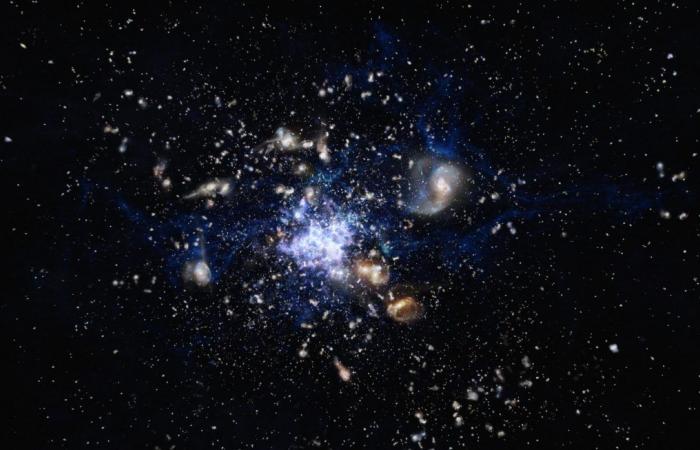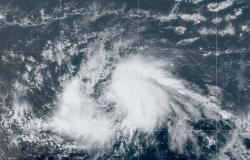Astrophysicist Yara Jaffé from USM is part of the CHANCES initiative, which will use an advanced measuring instrument that will analyze more than 300 thousand sets of stars for five years.
Within a period of five years, a group of national astronomers will dedicate themselves to observing and studying the behavior of more than 300 thousand galaxies within the framework of an important astrophysical project. This is the Chilean Cluster Galaxy Evolution Survey (CHANCES), an initiative that could completely change the way we understand life in galaxies.
Yara Jaffé, astronomer and academic from the Department of Physics of the Federico Santa María Technical University, together with her colleague Christopher Haines, from the U. de Atacama and in collaboration with other 50 academics from different national and international institutions, co-directs this project, which is part of the 4-meter Multi Object Spectroscopy Telescope (4MOST) consortium of the European Southern Observatory.
“The properties of galaxies change greatly depending on the place in the cosmos they inhabit. The focus of this project is to determine the effect of the environment on the evolution of galaxies,” says Dr. Jaffé, who explains that they will analyze the spectrum of thousands of celestial objects simultaneously, in order to “understand how they evolve and how their environment affects his life and behavior.
cosmic web
The project will collect information from hundreds of thousands of galaxies thanks to a powerful spectrograph that will identify the behavior of galaxies housed in the “cosmic web.”
“The so-called cosmic web is a network in which galaxies are distributed, made up of filaments that connect nodes. These nodes can be gigantic clusters of hundreds or thousands of gravitationally linked galaxies and in these places they behave very differently from those that are in more isolated spaces of the universe, such as cosmic voids,” comments the astrophysicist.
The expert explains that unlike the images that are frequently obtained, the data collected by 4MOST corresponds to the “decomposition of light in all its wavelengths.” In simple words, it is “the DNA of galaxies or their fingerprint.”
In the same way, he comments that one of the most relevant discoveries about galaxies is their way of “behaving” when they are isolated, or close to other similar bodies. “We want to understand what are the physical processes that transform galaxies when they transition from less dense to denser places in the universe,” he explains.
It should be noted that in 2025 this powerful instrument will be mounted on the VISTA telescope of the Paranal Observatory, located in the Antofagasta Region.






